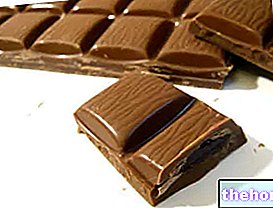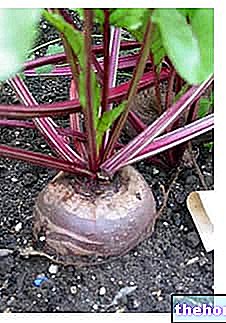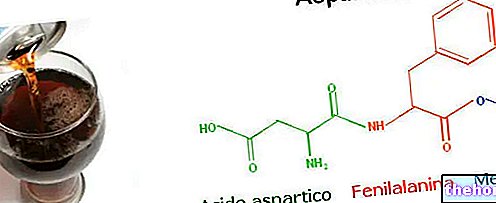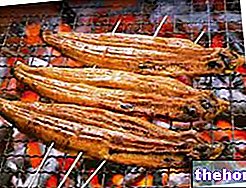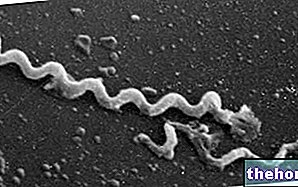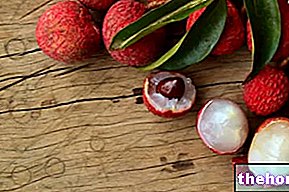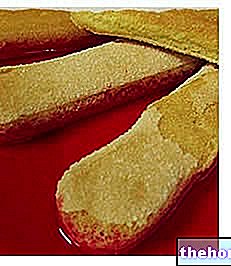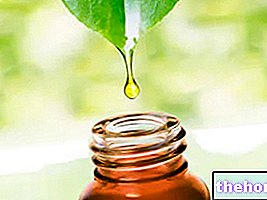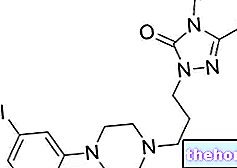Characteristics and use as a sweetener
Tagatose is a ketohexose monosaccharide, isomer of fructose, with interesting properties: it has a sweetening power equal to 92% of sucrose, a reduced caloric intake, it is not cariogenic, it boasts prebiotic effects and it is an aroma enhancer.
Despite being obtained by semi-synthesis, tagatose is a natural sugar present in small quantities in heated cow's milk and in various dairy products. Industrial production of tagatose is a process stepwise which occurs from lactose; this disaccharide typical of milk is subjected to enzymatic treatment and purification techniques. In this way a mixture of glucose and galactose is obtained which is then separated by chromatography; the chromatographically recovered galactose is then converted into tagatose under alkaline conditions; the latter is finally purified until a 99% pure product is obtained.

Safety of use and advantages over sugar
Despite the chemical similarity, fructose and tagatose are metabolized differently by the human organism. The transport system for fructose in the small intestine, carrier-mediated, is in fact devoid of affinity for tagatose; therefore, only about 20% of ingested tagatose is actually absorbed in the intestine and metabolized in the liver (with the same metabolic pathway as fructose). The non-absorbed percentage is fermented in the colon by bacterial microflora, with the formation of short-chain fatty acids (SCFAs), including butyrate (plays an important role in the proliferation and differentiation of colon epithelium cells, preventing the local development of carcinomas). The colonic fermentation of tagatose favors the increase of the good bacterial flora (lactobacilli and lactic acid bacteria) to the detriment of the bad one; moreover, the reduced absorption and fermentation bring the caloric value of D-tagatose to a maximum of 1.5 Kcal / g (against the 4 Kcal / g of sucrose).
The consumption of D-tagatose does not favor the raising of blood glucose levels or insulin levels and lowers glycemic levels when taken before glucose or sucrose; therefore it can also be used by diabetics. It is very slowly converted into organic acids from the bacteria of the dental plaque, so it does not cause tooth decay.
Tagatose, similar to sucrose but unlike fructose, is not hygroscopic, so it does not require special storage conditions and causes fewer problems in the intestine. It has a solubility in H2O similar to that of sucrose; at high temperatures it decomposes (caramelizes) faster than sugar, is less stable at extreme pH and can be converted into various compounds.
Some studies commissioned to determine if tagatose has synergistic properties with respect to other flavors and other sweeteners, have shown how this sweetener enhances the action of aspartame and acesulfame K. In similar blends, tagatose speeds up the triggering of the sensation of sweetness. and reduces the bitter taste; it also improves the sensory characteristics: reduced sensation of dry mouth, reduced sweetish aftertaste and reduced bitter aftertaste.
The biological properties and organoleptic characteristics of tagatose suggest its use as a sweetener for diabetics, prebiotic and sweetener in non-cariogenic and low-calorie sweet products (confectionery products, soft drinks, breakfast products, chewingum).
There is no documentation against the use of tagatose, which is why the FDA approved it in 1999, defining a calorie intake of 1.5 Kcal per gram. Regarding all these properties, tagatose is one of the most promising sweeteners of the future.
Other Foods - Sweeteners Acesulfame K Aspartame Sugar beet Sugar cane Sodium cyclamate Dextrose Sweeteners Erythritol Fructose Maltose Mannitol Molasses Saccharin Saccharose Maple syrup Agave syrup Fructose syrup Glucose syrup Sugar sorbitol Articles Stevia Sucralitol sugar SWEETENERS Categories Alcoholic Foods Meat Cereals and derivatives Sweeteners Sweets Offal Fruit Dried fruit Milk and Legumes Oils and Fats Fish and fishery products Salami Spices Vegetables Health recipes Appetizers Bread, Pizza and Brioche First courses Second courses Vegetables and Salads Sweets and Desserts Ice cream and sorbets Syrups, liqueurs and grappas Basic Preparations ---- In the Kitchen with leftovers Carnival recipes Christmas recipes Light diet recipes tici Recipes for the Holidays Recipes for Valentine's Day Vegetarian Recipes Protein Recipes Regional Recipes Vegan Recipes




